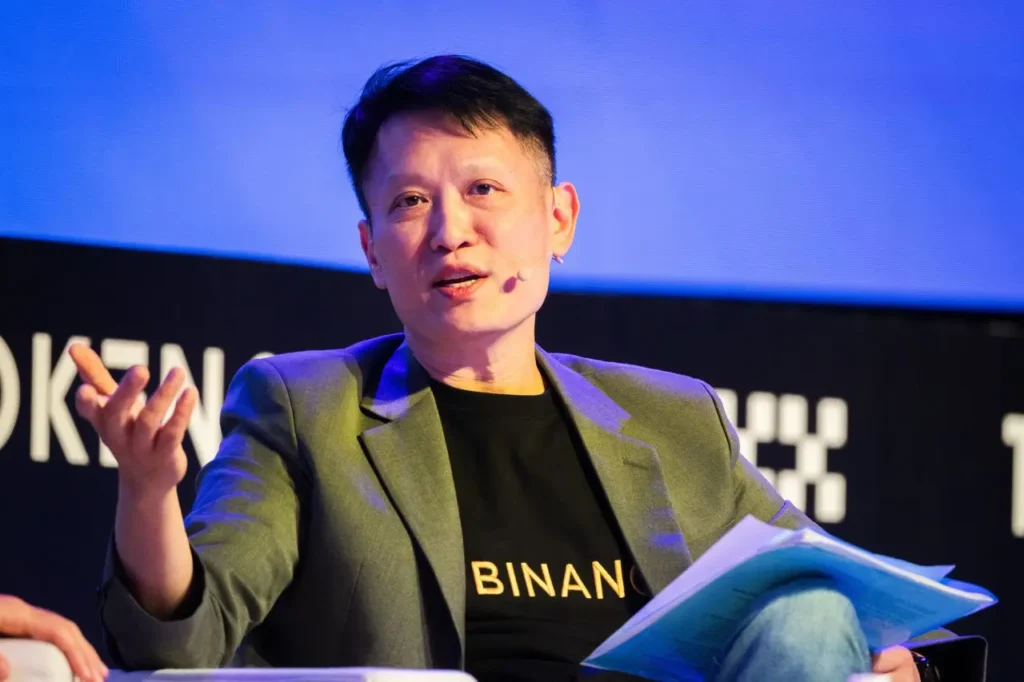Richard Teng Binance CEO has confirmed the continued backing for USDC in the European Union after the MiCA license.

In the European Economic Area (EEA), Binance has confirmed its ongoing support for the USD Coin (USDC), a stablecoin anchored to the United States Dollar.
USDC Post EMI License Supported by Binance
In an earlier X post, Binance CEO Richard Teng disclosed UDC’s new classification in the EEA region. He accurately stated that the region’s USD-pegged stablecoin is currently subject to regulation.
Happy to share that USDC is now a Regulated Stablecoin in the EEA! USDC will continue to be available within #Binance product offerings for our EEA users.
USDC becoming a MiCA-compliant e-money token (EMT) marks a positive step forward for the crypto ecosystem in the EEA… https://t.co/MSdRfW3yBG
— Richard Teng (@_RichardTeng) July 1, 2024
In other words, USDC is currently in compliance with the Market in Crypto Asset (MiCA) regime that is in effect in the European Union. Consequently, residents of the EEA region are assured of its availability for trading on the foremost cryptocurrency exchange.
Circle attained this milestone by becoming the first global stablecoin issuer to obtain an Electronic Money Institution (EMI) license in the European Economic Area (EEA). By the new MiCA rule, the EMI license enables companies to provide dollar or euro-pegged crypto tokens, such as stablecoins. USDC is now called a MiCA-compliant e-money token (EMT), a positive development for the cryptocurrency sector. The CEO of Binance is optimistic that numerous additional MiCA-compliant EMTs will be operational shortly.
Recognizing that this new development emphasizes Circle’s expansion into numerous regions is essential. It also places the issuers ahead of its close rival, Tether. In the interim, whether still be determined to obtain an EMI license is uncertain.
Tether expresses dissatisfaction with MiCA regulatory framework
The likelihood of Tether obtaining a MiCA license could be higher, notably after the company concluded that the MiCA regulatory framework is detrimental to the stablecoin market.
In the interim, Tether has temporarily halted the issuance of USDT on the Algorand and EOS public blockchains. Before making this decision, the stablecoin issuer meticulously evaluated the community interest, maintainability, and utilization of the stablecoin on both blockchains. Tether asserts that it typically prioritizes its token’s safety, efficacy, and sustainability on any potential blockchain. Based on all indications, EOS and Algorand failed to meet its demands.
A substantial partnership with UQUID swiftly followed USDC’s withdrawal from these blockchains. The collaboration will allow Filipinos to pay their Social Security System (SSS) contributions using USDT on the TON blockchain.
Despite the absence of an EMI license, Tether appears to have other advantages.
